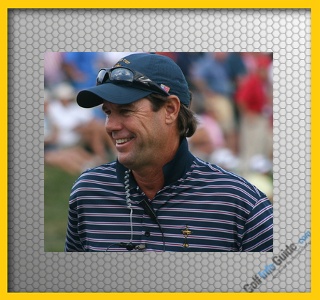
1. Paul Azinger Pro Golfer: Ultra-Strong Grip, Golf Tip
Unconventional move: An extremely “strong” grip position, with the hands turned well to the right of “neutral”. The left hand is rotated so far to the golfer's right that the thumb runs down the side of the club's handle. The right hand is much more “underneath” the grip than standard. Also, the back of Azinger's left forearm and the inside of his right forearm face outward, toward the ball.
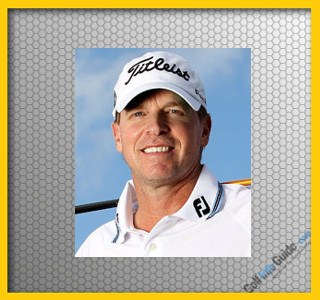
2. Steve Stricker: Firm Wrists Throughout Golf Swing
Stricker’s move: Keeps wrists firm, with minimal wrist cock, throughout the backswing. When most pros reach the point where the left arm is parallel to the ground, they’ve hinged the wrists to place the shaft at or near vertical. Not Stricker. His shaft points at about a 45° angle to the left arm. Stricker says he focuses on keeping the wrists firm and rotating his left arm, which ensures an on-plane swing.

3. Jason Day Pro Golfer: Left Leg Snap at Impact, Golf Swing Tip
Day’s signature: His left knee “snaps” and the leg straightens during the through-swing. Day shares this subtle but crucial move with many of his contemporaries. As his shoulders, arms and clubhead reach impact, Day’s left knee loses its flex and nearly locks into place. The leg straightens, essentially stopping the lateral movement of his hips, which then rotate around the left side. The result: a huge power boost from this sudden thrust.
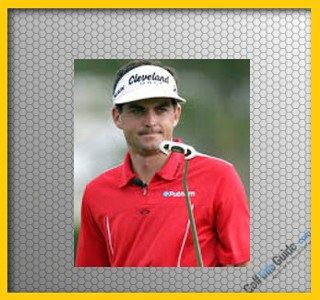
4. Keegan Bradley Pro Golfer: Weight on Heels at Address, Golf Tip
Unconventional move: At address, a majority of Bradley's weight is positioned on his heels. Viewed from behind, looking down the target line, Bradley's backside is well behind his heels. Whereas the conventional position finds the player balanced between the balls and heels of both feet, it's obvious that Bradley leans backward, away from the ball.
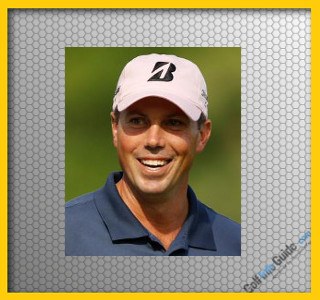
5. Matt Kuchar Pro Golfer: Flat Swing Plane, Golf Tip
Unconventional move: Kuchar, who stands 6’4″, arcs the club on an extremely flat plane, which finds his left arm nearly horizontal as he completes the backswing. Kuchar starts the club back well to the inside; note that the clubhead is behind the hands (relative to the target line) at this point. At the top, Kuchar’s left arm is much more horizontal than the typical pro’s. (It’s more horizontal than our model’s, too.) His right elbow points toward the ground, with the right palm facing skyward.

6. Dustin Johnson’s: Bowed Left Wrist – Pro Golf Tip
Unconventional move: Left wrist in an exaggerated “bowed” position and clubface closed at the top of the backswing. The typical pro golfer's left wrist is flat (directly in line with the back of the forearm) at the top, setting the clubface square to the swing plane. Johnson's left wrist is severely angled, or bowed, and his clubface pointing skyward (closed).

7. Seve Ballesteros Pro Golfer: Early Wrist Hinge, Golf Tip
Unconventional move: Rather than starting the club back “low and slow” with his arms and shoulders, Ballesteros hinged the wrists very early on the takeaway. With most pros, the club is parallel to the ground when the hands reach hip height. With Ballesteros, the shaft was already tilted upward because his wrists cocked so quickly. In essence, Seve “pre-loaded” the club into its final backswing position. At the top, the angle between arms and shaft were a mirror image of Ballesteros' position on the takeaway. He simply rotated the shoulders and lifted the arms into place once the wrist cock was complete.
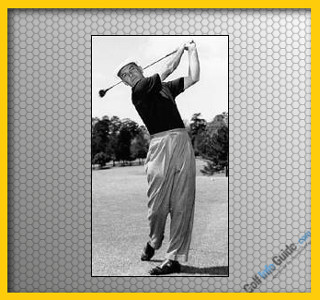
8. Ben Hogan Golf Pro: Bowed Left Wrist
Hogan’s signature:Bowed left wrist at impact. In still frames capturing Hogan at impact, you can see the slightest outward bending of his left hand and wrist toward the target. This was a product of “supinating” the left forearm through the ball. In other words, rotating the left hand from a palm-down to a palm-up position. After having problems with a wicked hook early in his career, Hogan made swing changes to cure his debilitating malady forever. Once complete, this new swing fix featured the famous bowed left wrist, which kept the clubface square or slightly open through impact. In fact, it’s nearly impossible to hit a hook with this action, which prevents the wrist from breaking down and turning the clubface over prematurely.
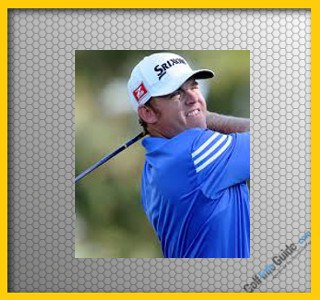
9. J.B. Holmes Pro Golfer: Short but Powerful Golf Swing
Unconventional move: Even with the driver, Holmes takes the club back to about 80 percent of what’s normally considered a full backswing. Viewed face on, notice that Holmes (emulated here by our swing model) does not cock his wrists as completely as most golfers. He does, however, make a full (90°) shoulder turn, while rotating the hips less than the standard 45°. Holmes’ swing is very upright (vertical) and his body raises considerably from the address level.
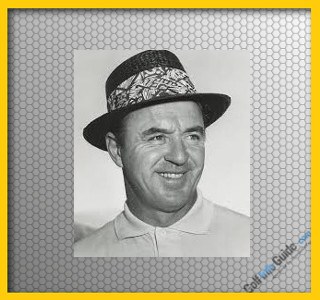
10. Sam Snead Pro Golfer: Knee Separation on Downswing, Golf Tip
Snead's signature:Snead's left knee moved laterally, and farther from his right knee, as he began the downswing. This caused his body to lower into a position known as the “Snead Squat.” As with most players of the time, Snead turned his left knee sharply inward on the backswing as part of a big hip turn. The left knee initiated his downswing by sliding toward the target, creating a wide gap between his knees. In still photos, Snead appeared to be squatting down as he approached the ball.





